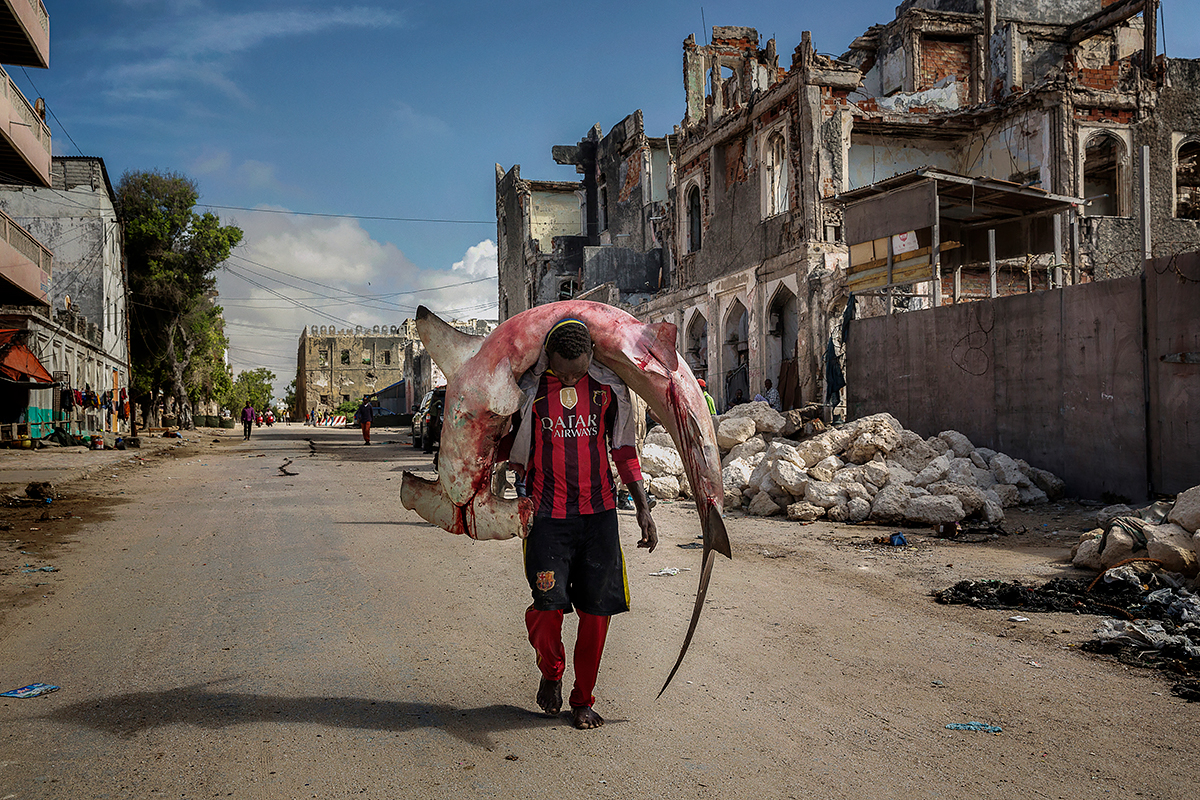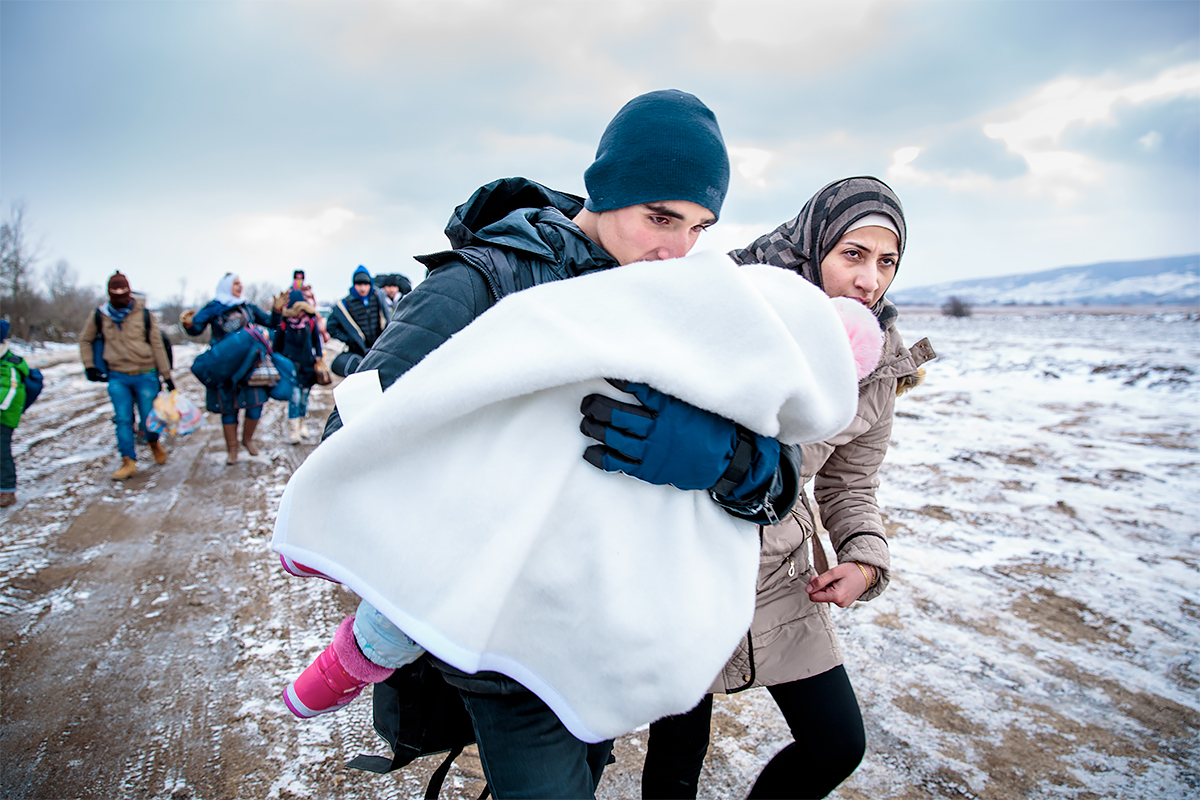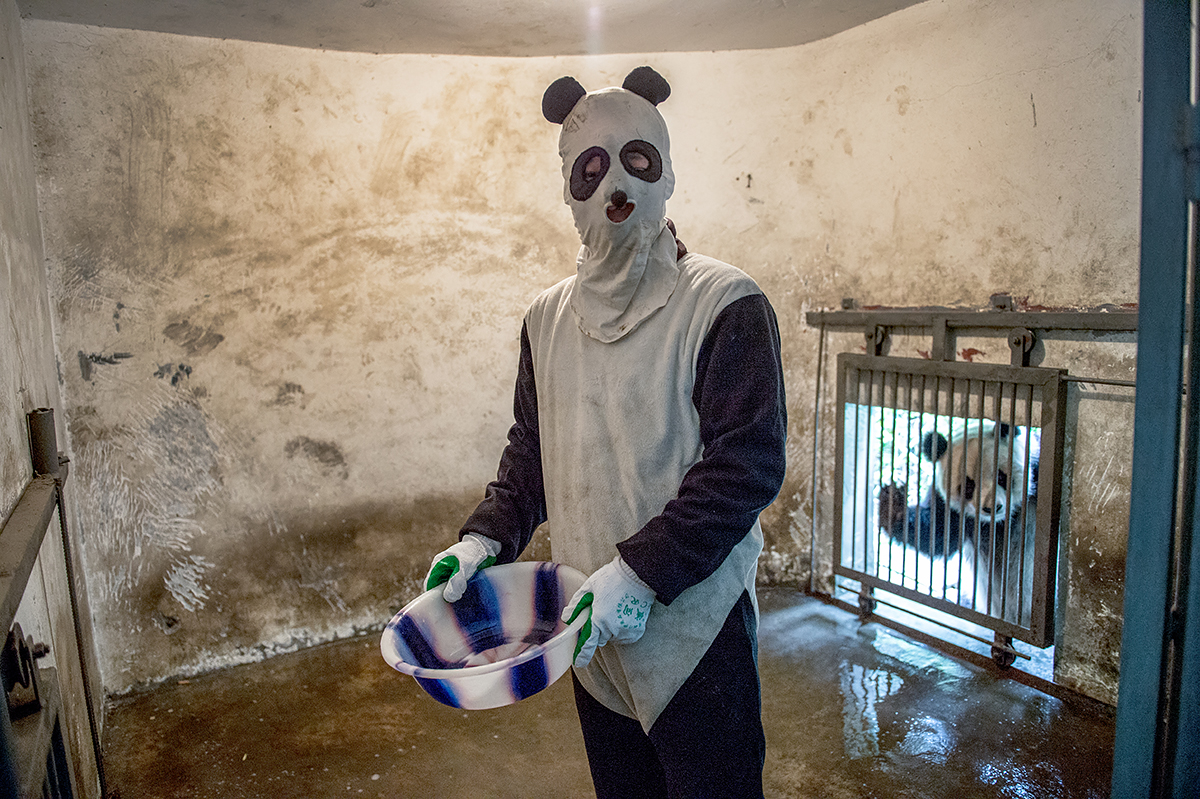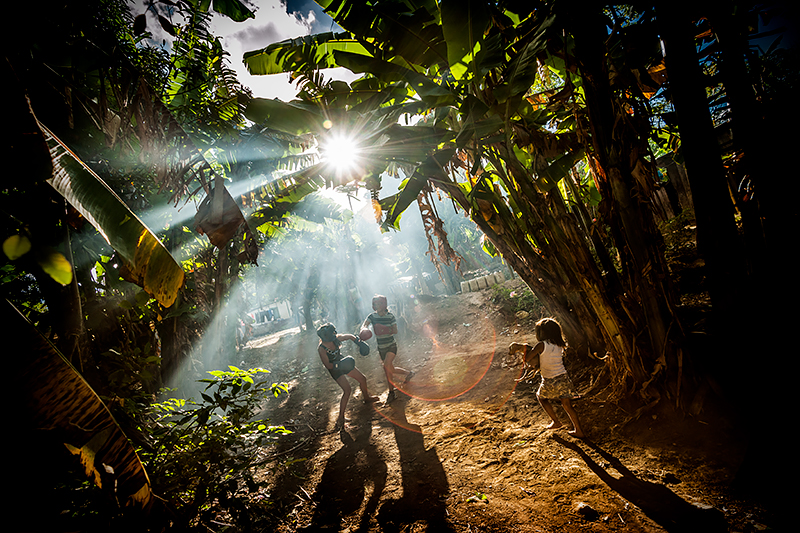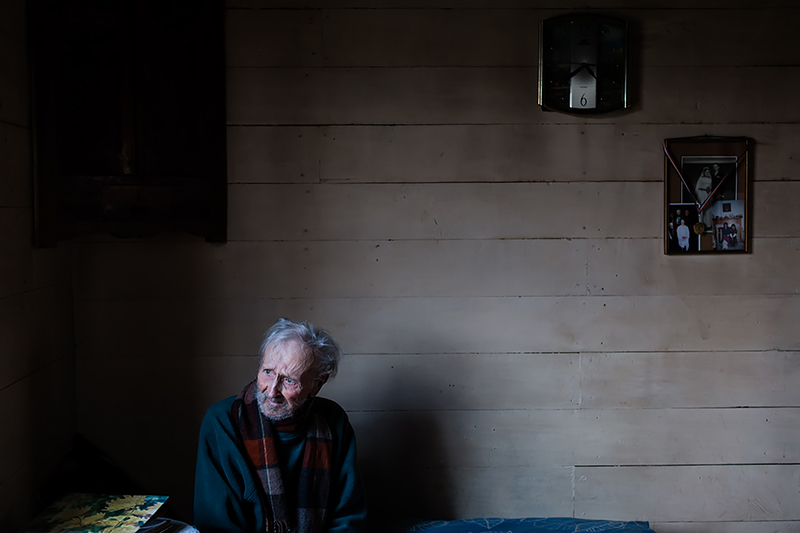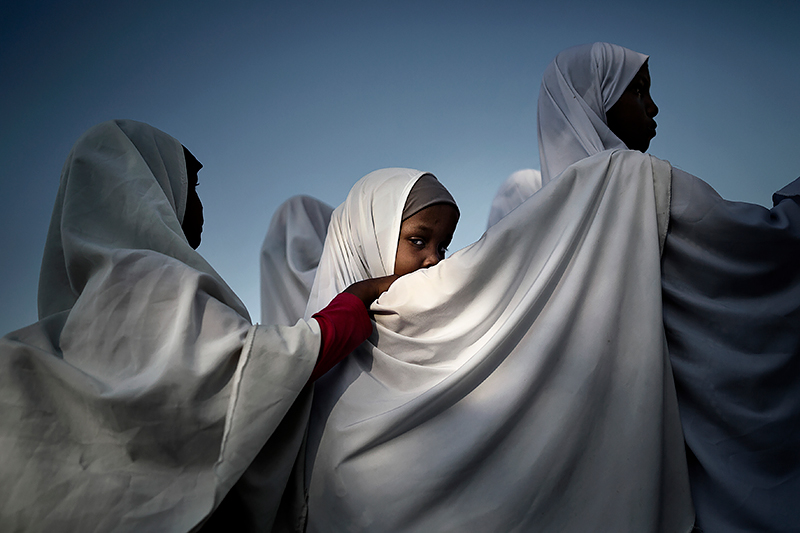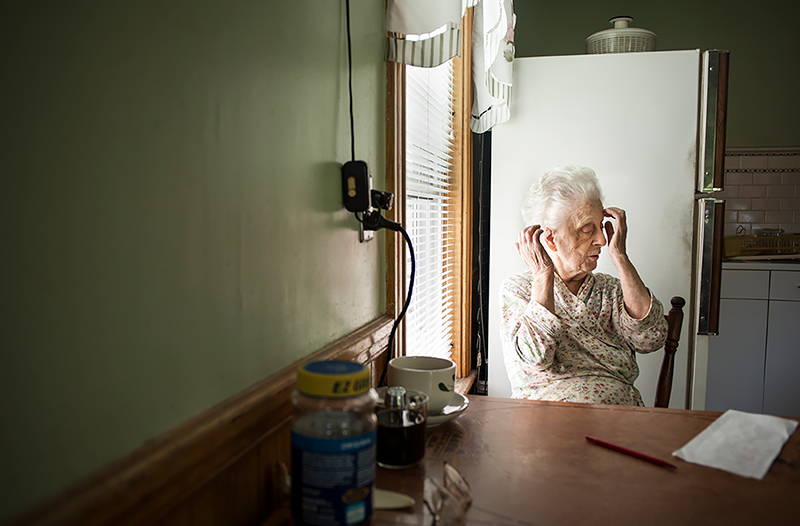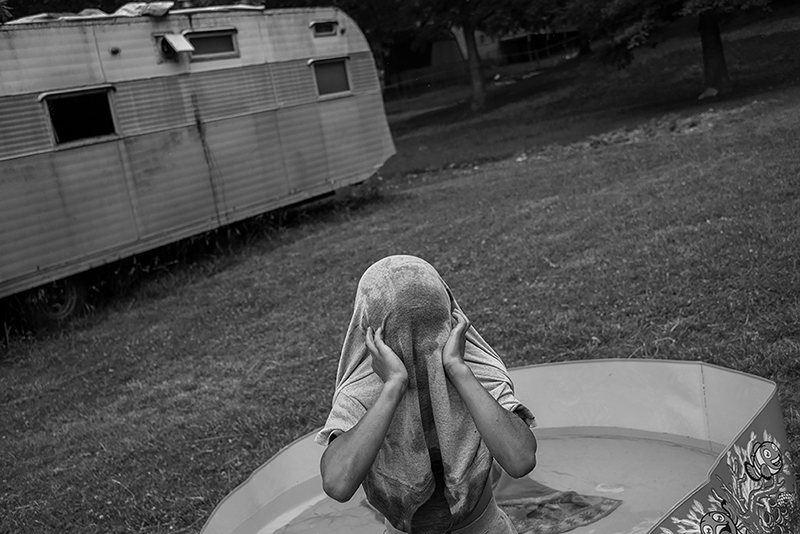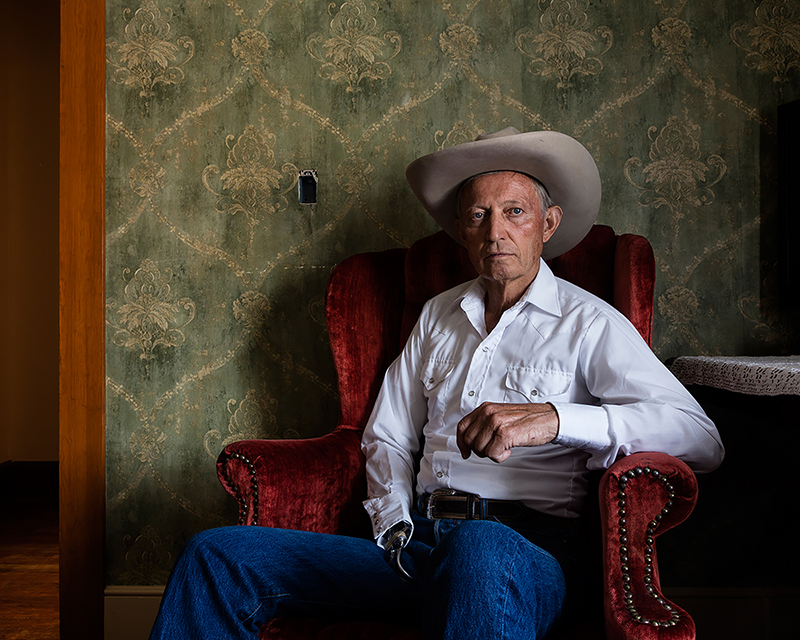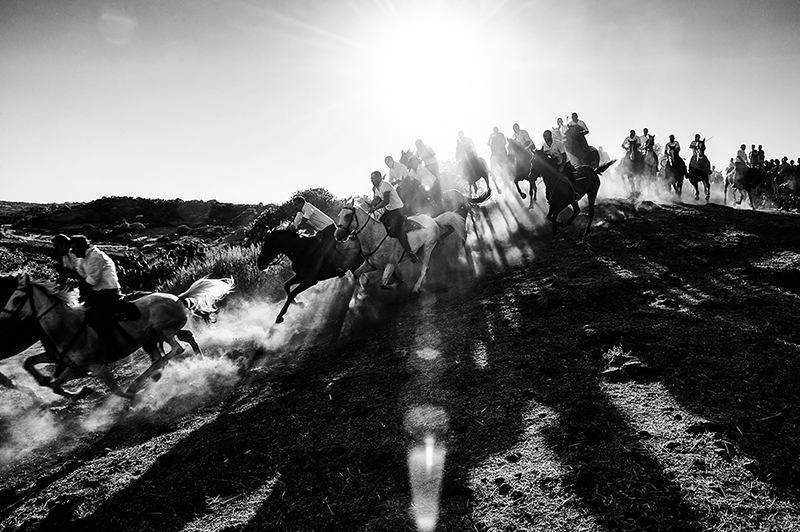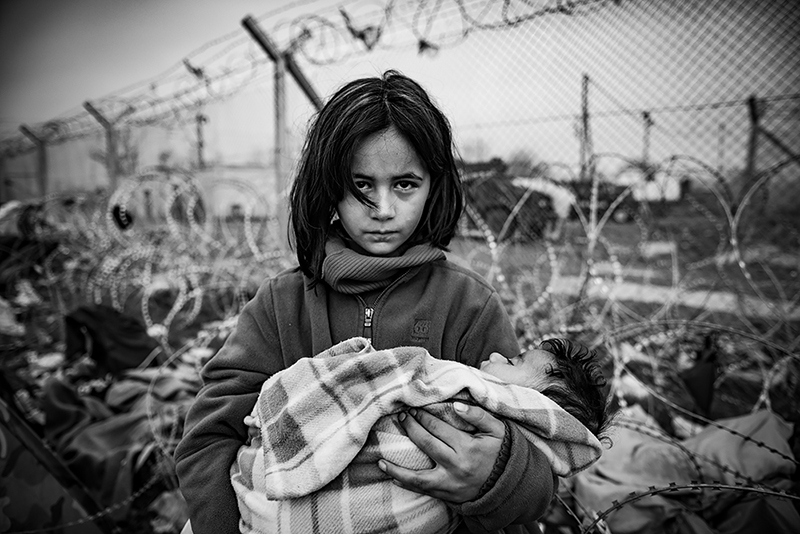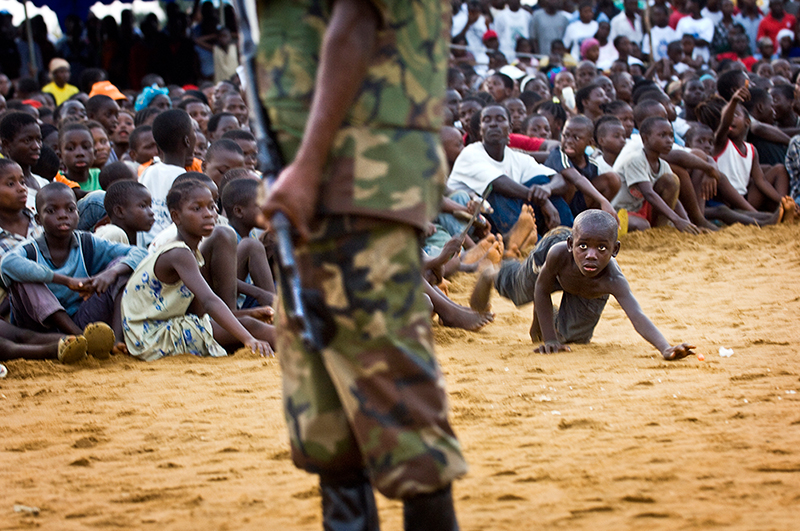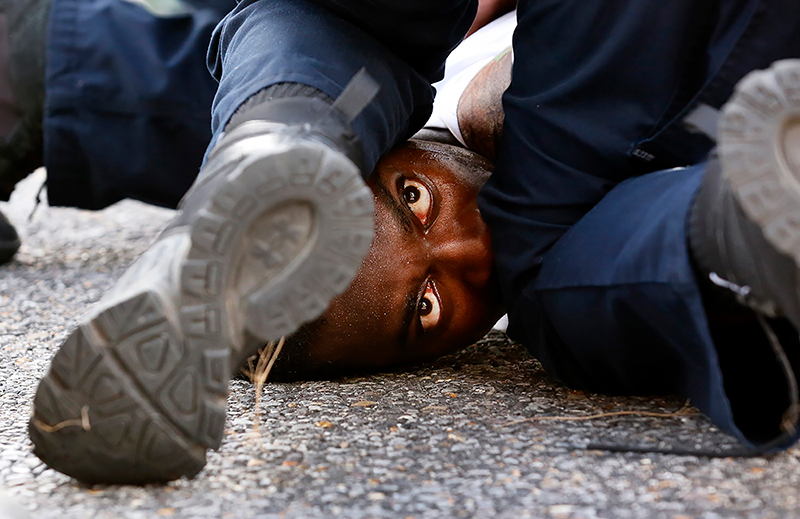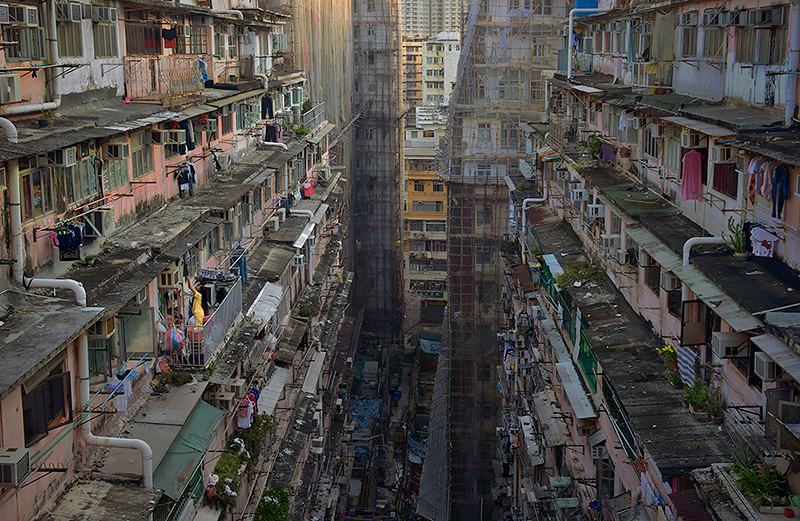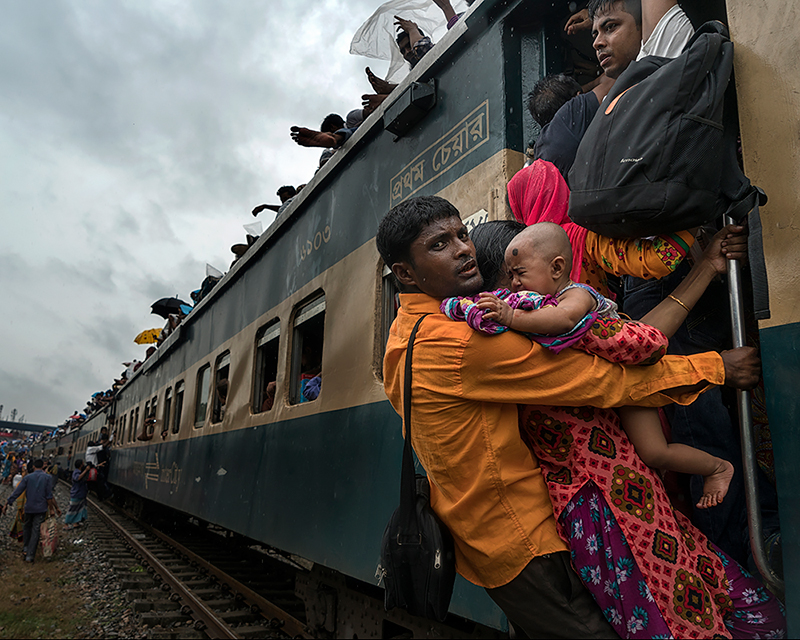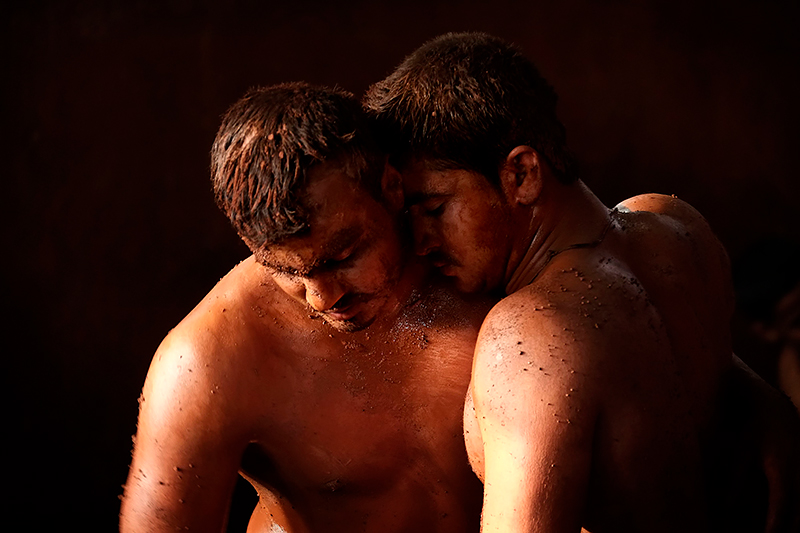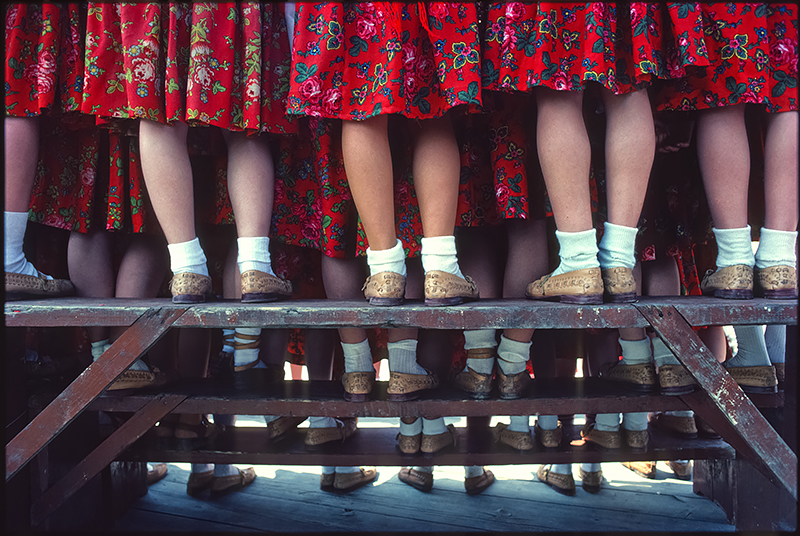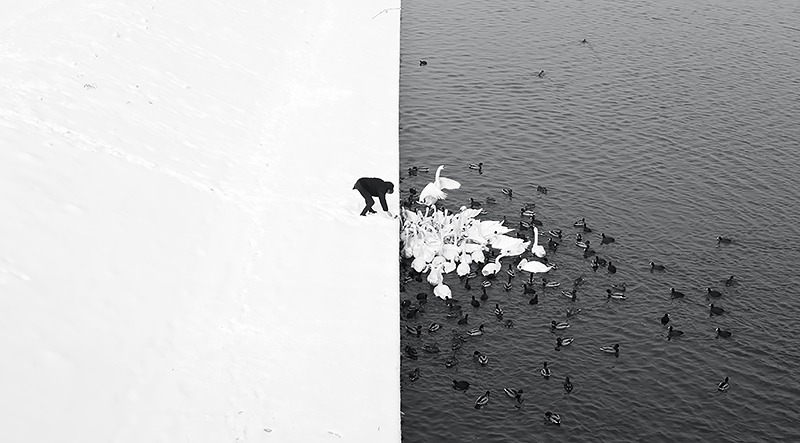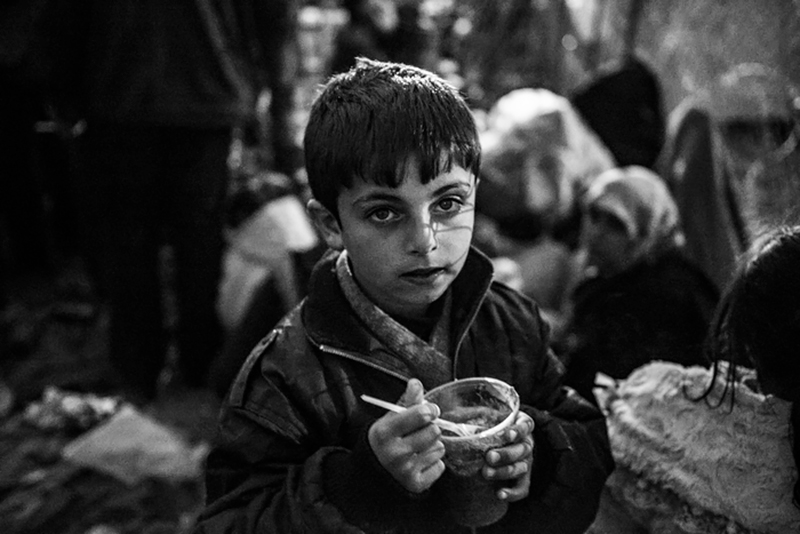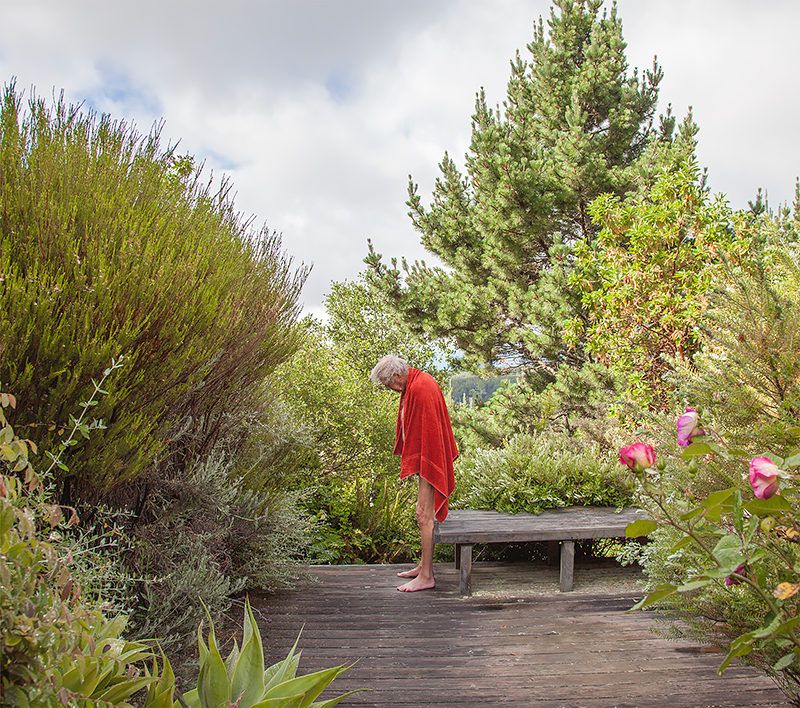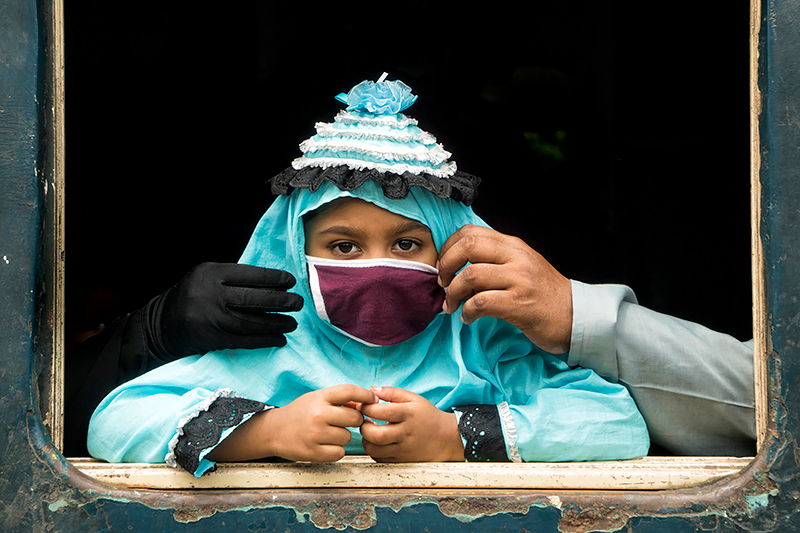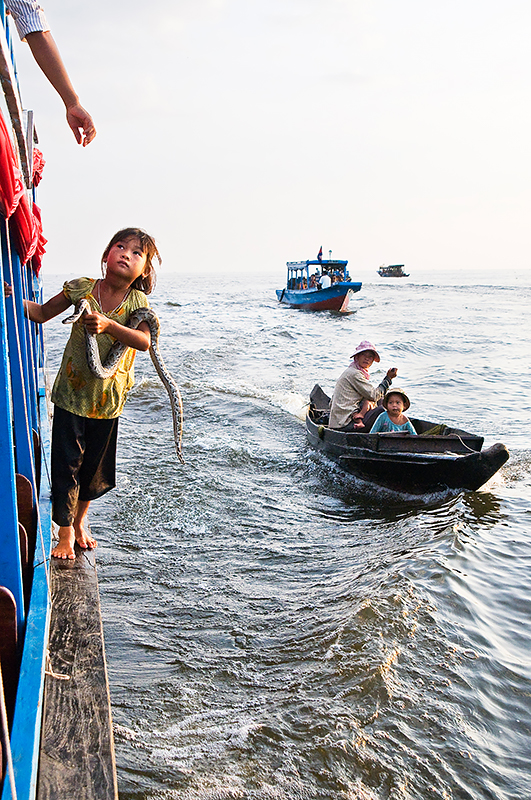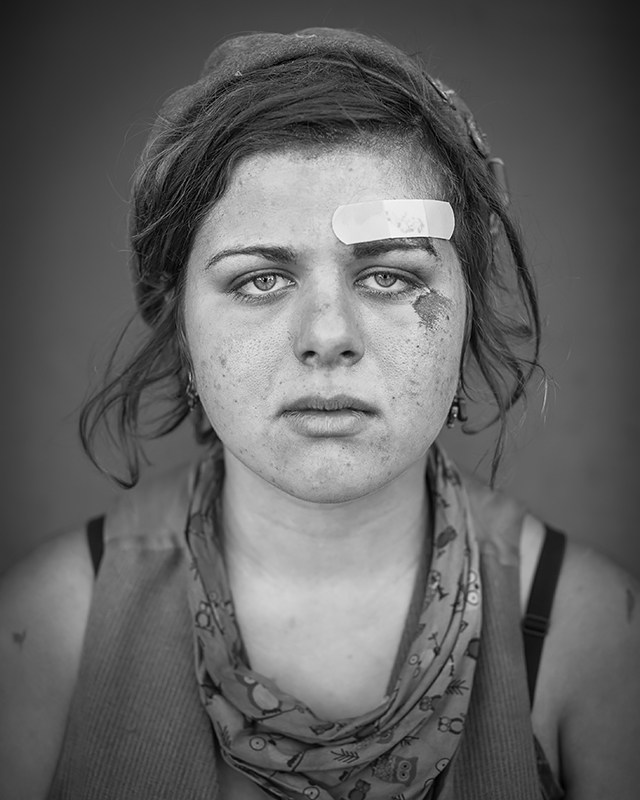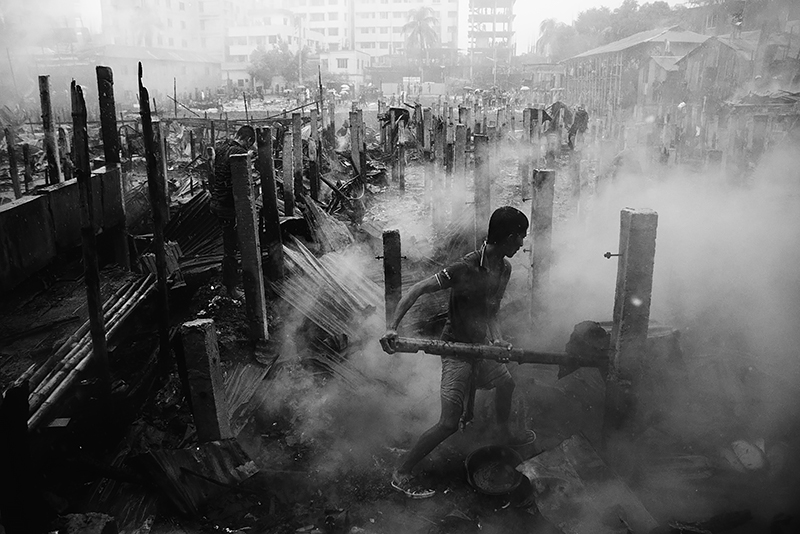Somalia: the resilient Nation (life returns in aftermath Al- Shabaab)
Somalia has an emblematic role to play in any attempt to understand the refugee crisis today, because this country on the Horn of Africa - together with Syria - is the state from which a large proportion of the population are fleeing in search of asylum throughout the world. The internally displaced number over a million, and another million that have found refuge in neighbouring countries or in Europe; however, by virtue of a historical and geo-political paradox, this country - the emblem of war on earth - has also become a place of welcome: over 30,000 Yemenites have already landed on the Somali coasts, in flight from the Arabian peninsula (where the Houthi rebels are at war with the Saudi-guided coalition) and have found refuge in a nation that for 25 years now has been under the anarchic rule of hordes of undisciplined soldiers.
The help these Yemenites are receiving from the Somali people is indicative of the desire for change afoot in the former Italian colony. From Bosaso to Dolow, this desire for change is palpable everywhere: girls from Mogadishu go to the beach; beauty parlours and games arcades are opening up; people want to start living again, and to do so they are prepared to stand up to the dictates and threats of Al Shabaab. The jihadist group, although in difficulty and rocked by an internal crisis, has not however ceased to carry out terrorist attacks and take carefully targeted action against journalists, government figures and international troops. The climate of terror, the corrupt state administration, the formation of armed clan groups are all contributing factors to the disease that has been devouring Somalia for decades, but rising up against it today is the collective sentiment of a people that does not wish to feel alone and has decided to take its destiny into its own hands in order to conquer fear and look to the future.







